Don’t miss Tom Matula’s webinar: “The Civilization Survival Scale and Space Settlement”
Get the latest international news and world events from around the world.

Topographical sparse mapping: A neuro-inspired sparse training framework for deep learning models
AI models have been expanding dramatically in size and the number of trainable parameters. This rapid growth has introduced many challenges, including increased computational costs and inefficiencies. Dynamic sparse training has emerged as a novel approach to address overparameterization and achieve energy-efficient artificial neural network (ANN) architectures. The highly efficient neuro-inspired sparse design remains underexplored compared to the significant focus on random topology searches. We propose the Topographical Sparse Mapping (TSM) method, inspired by the vertebrate visual system and convergent units. TSM introduces a sparse input layer for MLPs, significantly reducing the number of parameters.
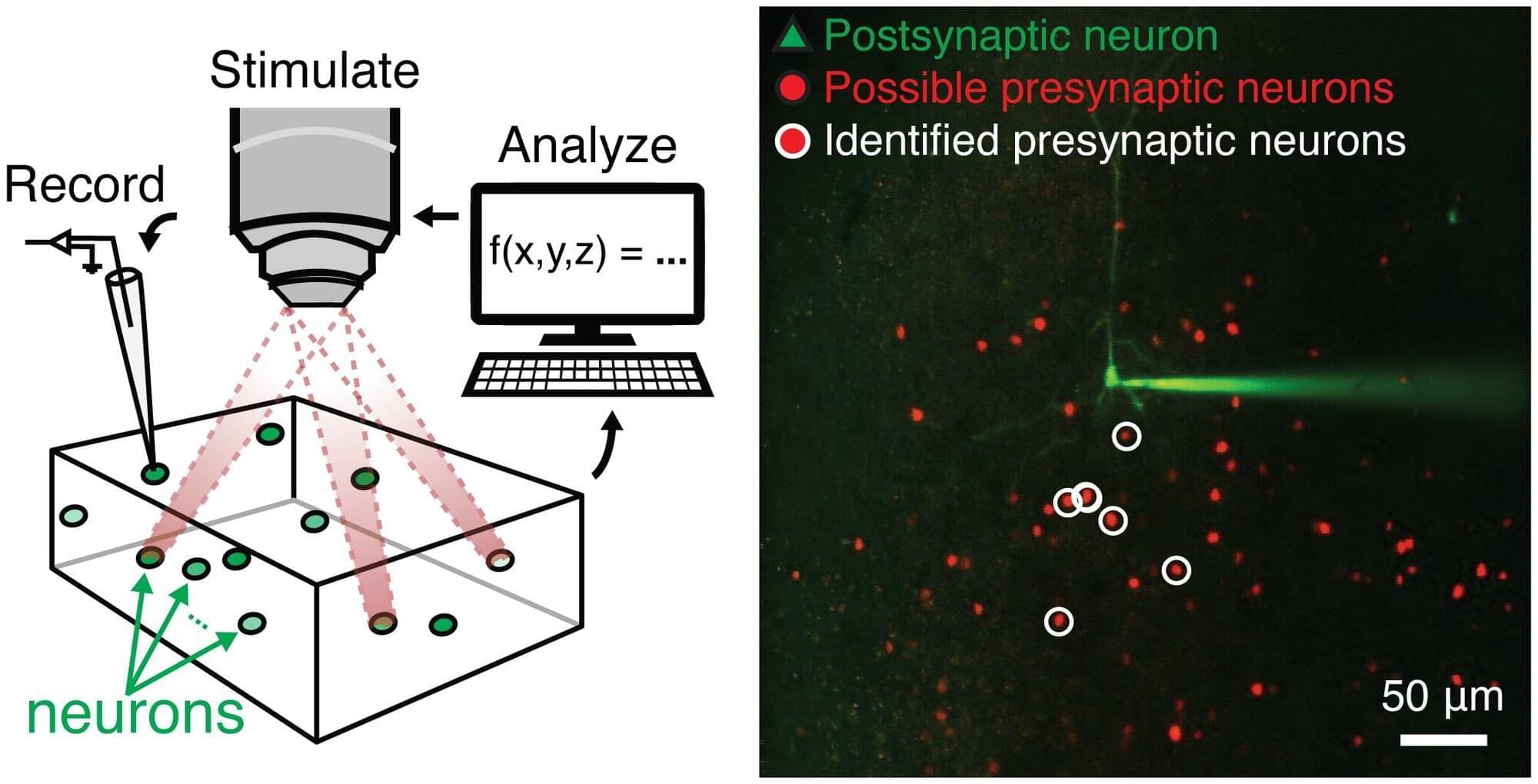
Holographic optogenetics could enable faster brain mapping for new discoveries
Recent technological advances have opened new possibilities for neuroscience research, allowing researchers to map the brain’s structure and synaptic connectivity (i.e., the junctions via which neurons communicate with each other) with increasing precision.
Despite these developments, most widely employed methods to image synaptic connectivity are slow and fail to precisely record changes in the connections between neurons in vivo, or in other words, while animals are awake and engaging in specific activities.
Two different research groups, one based at Columbia University and UC Berkeley, and the other at the Vision Institute of Sorbonne University in Paris, introduced a promising approach to study synapses in vivo. Their proposed mapping strategies, outlined in two Nature Neuroscience papers, combine holographic optogenetics, a method to selectively and precisely stimulate or silence specific neuron populations, with computational techniques.
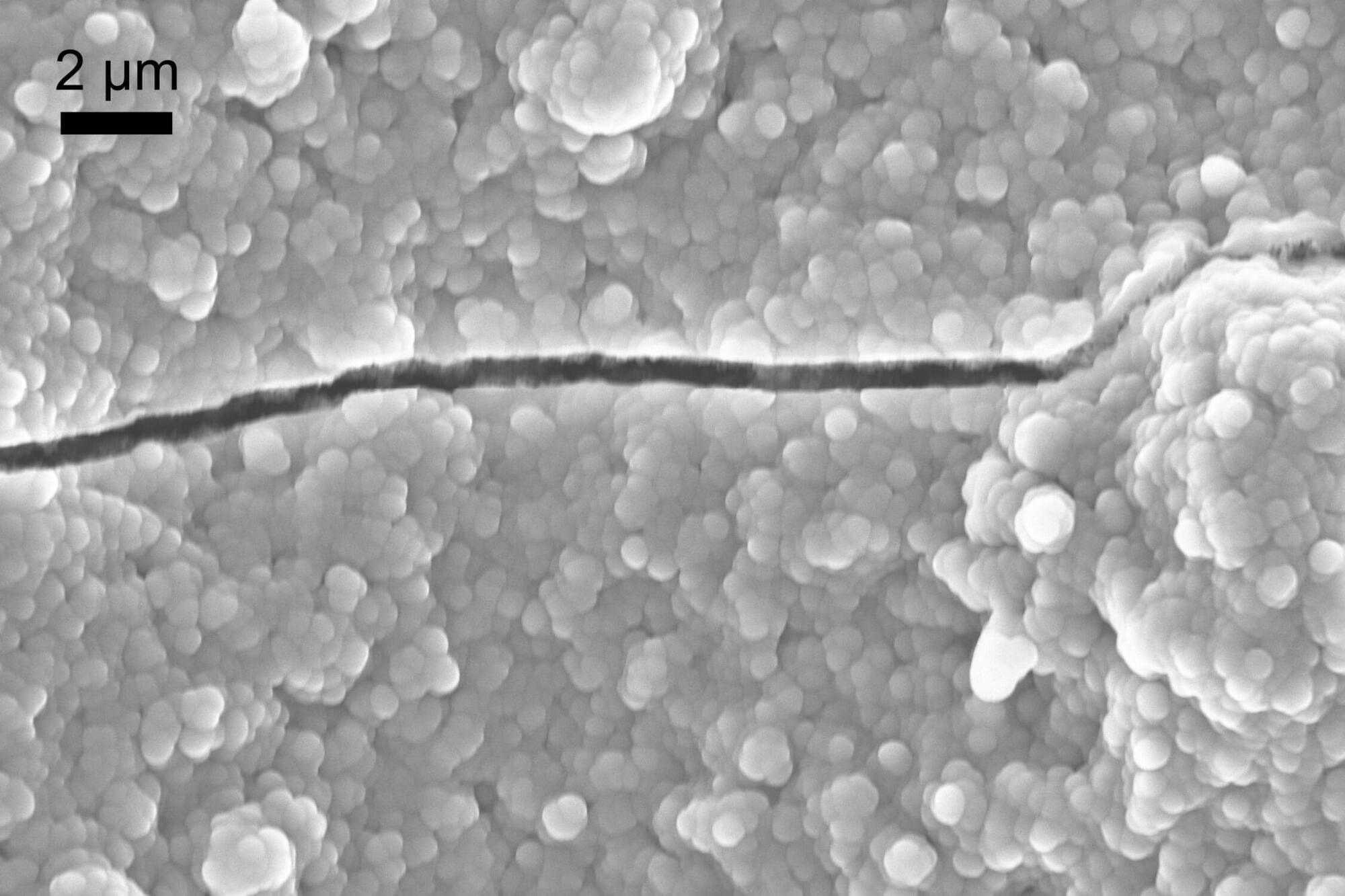
PFAS-free membrane with nanoscopic plugs enables cleaner, cheaper hydrogen production
Hydrogen is already an important source of energy. The $250 billion industry supports fertilizer production, steel manufacturing, oil refining, and dozens of other vital activities. While nearly all hydrogen produced today is created using carbon-intensive methods, researchers are racing to develop cheaper ways of producing hydrogen with a lower carbon footprint.
One of the most promising approaches is water electrolysis, a process that uses electricity to power a reactor—called an electrolyzer—to split water (H2O) molecules into hydrogen (H2) and oxygen (O2).
Electrolyzers rely on a thin membrane that blocks O2 and H2 molecules while allowing positively charged hydrogen atoms —called protons—to pass through.


When Electrons Sing in Harmony: Geometry-Driven Quantum Coherence in Kagome Crystals
In a groundbreaking experiment that blurs the line between physics and art, researchers at the Max Planck Institute for the Structure and Dynamics of Matter (MPSD) in Hamburg have discovered a mesmerizing form of collective quantum behavior in Kagome crystals — a class of materials named after a traditional Japanese basket-weaving pattern. The study, published in Nature, reveals that electrons within these star-shaped lattices can synchronize like singers in a choir, producing a coherent “quantum song” that depends directly on the crystal’s geometric shape.
Quantum Coherence Beyond Superconductivity
Quantum coherence — the synchronized motion of particles acting as overlapping waves — is typically restricted to exotic states such as superconductivity, where electrons pair up and flow without resistance. In normal metals, this delicate coherence is quickly destroyed by scattering and collisions. But in the Kagome metal CsV₃Sb₅, the MPSD team observed something extraordinary: electrons maintained long-range coherence even without superconductivity.
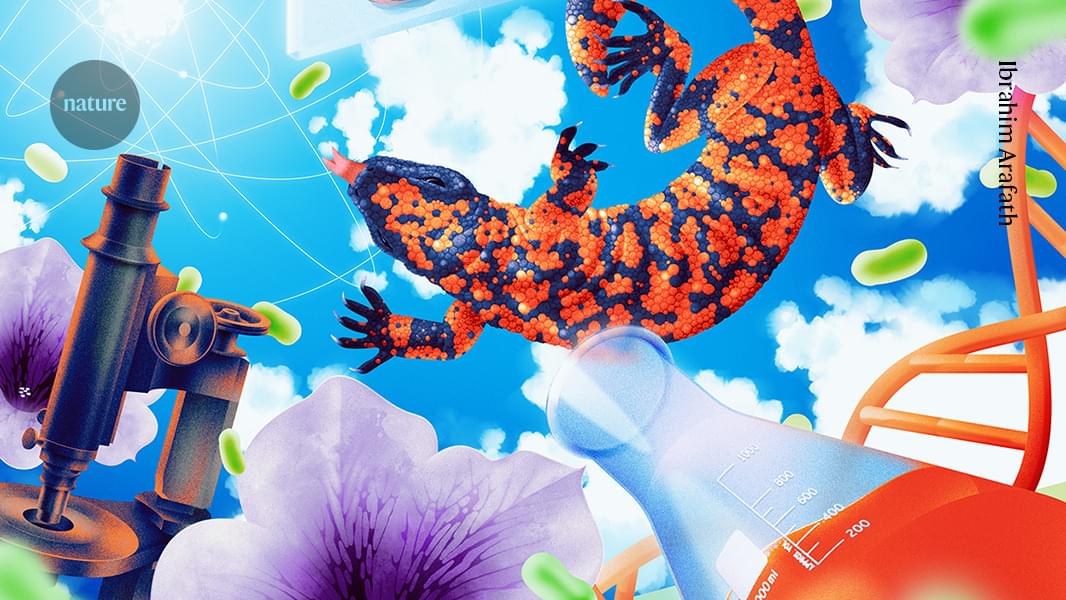
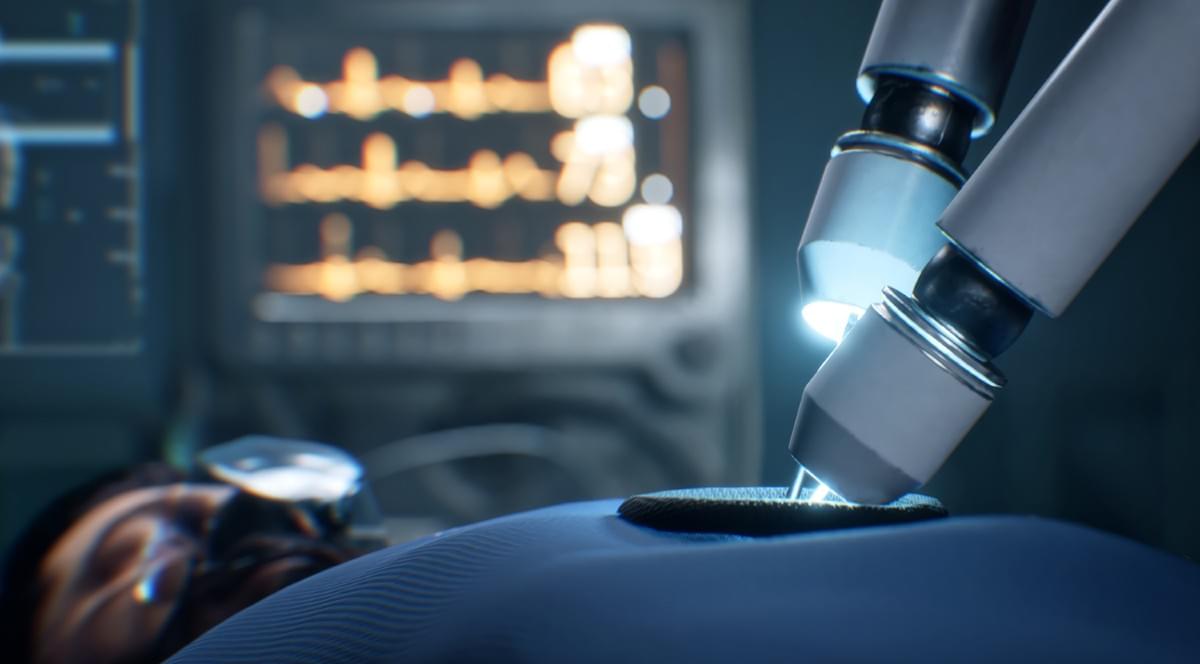
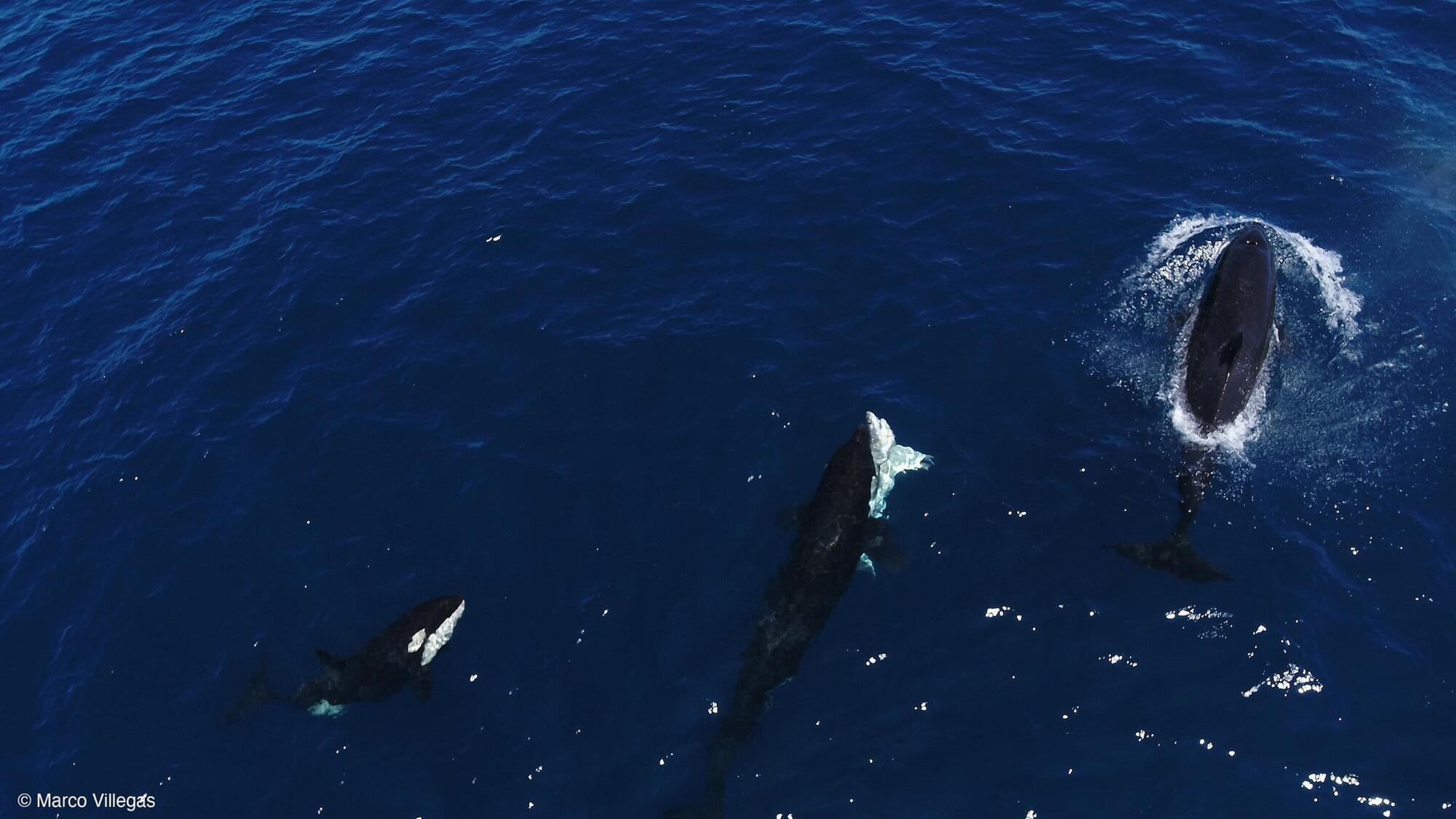
Orcas seen killing young great white sharks by flipping them upside-down
A specialized shark-hunting pod of orcas in the Gulf of California has been caught on camera expertly targeting young great white sharks—flipping them upside-down to eat the energy-rich liver.
The pod, known as Moctezuma’s pod, could be taking advantage of warming waters altering shark nursery areas to hunt juveniles, which lack the experience to flee as older sharks do. These observations suggest that orcas may hunt white sharks more often than we realized. However, a broader survey collecting more data is needed to draw strong conclusions.
“I believe that orcas that eat elasmobranchs—sharks and rays—could eat a great white shark, if they wanted to, anywhere they went looking for one,” said marine biologist Erick Higuera Rivas, project director at Conexiones Terramar and Pelagic Life and lead author of the article in Frontiers in Marine Science.
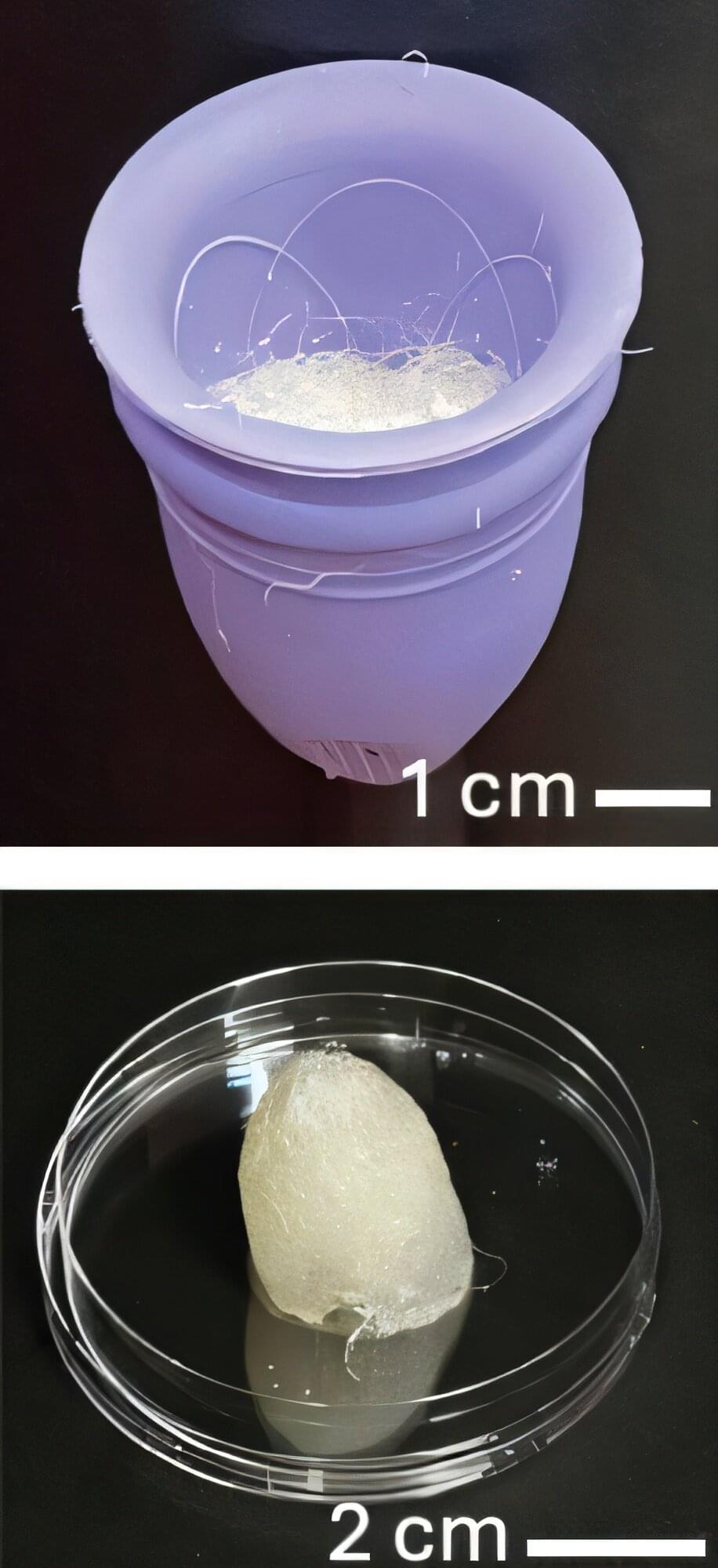
Menstrual cup upgrades: Self-cleaning and sustainable design adjustments could make them easier to use
Reusable menstrual cups reduce waste and are more cost-effective than single-use pads and tampons. But some people avoid the cups because they require thorough cleaning and are sometimes messy to empty. To solve these problems, researchers coated a commercially available silicone cup in silicone oil and created a plant-based, absorbent tablet. These design adjustments could make menstrual cups safer and easier to use, according to a study published in ACS Applied Materials & Interfaces.
“This research bridges advanced engineering and women’s health, creating a menstrual product that is not only self-cleaning and sustainable, but also opens doors for future health monitoring,” says Tohid Didar, one of the senior researchers of this study from McMaster University.
Nearly 2 billion people menstruate, and their desire for sustainable, reusable options—menstrual cups, disks and period underwear—is rising. Menstrual cups are designed to hold more fluid than tampons, allowing longer wear than the disposable option, and they can be cleaned and reused for years.